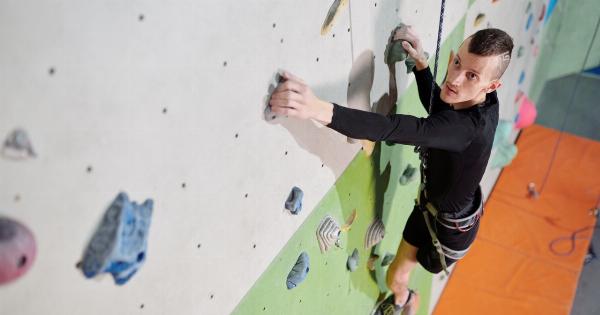Height loss is observed as a natural part of aging in adults. It is a phenomenon that occurs due to various factors such as intervertebral disc degeneration, compression fractures, and changes in posture.
This article aims to explore the causes and consequences of height loss in adulthood.
The Process of Height Loss
As individuals age, the intervertebral discs that act as cushions between the vertebrae in the spine tend to lose moisture and become less flexible. This results in a decrease in their height, causing the spinal column to compress.
Additionally, the discs may undergo degeneration, leading to a loss of their ability to absorb shocks and impacts.
Factors Affecting Height Loss
Several factors can contribute to height loss in adulthood. One significant factor is osteoporosis, a condition characterized by low bone density.
Osteoporosis weakens the bones, making them more susceptible to compression fractures and causing a reduction in height. Another factor is poor posture. Slouching or maintaining an incorrect posture can lead to spinal misalignment and ultimately height loss.
Understanding Compression Fractures
Compression fractures are a common cause of height loss in older adults. These fractures occur when the vertebrae in the spine collapse or become compressed due to weak bones.
Factors such as osteoporosis and accidents can contribute to the development of compression fractures. These fractures can be painful and result in a noticeable decrease in height.
Consequences of Height Loss
Height loss can have several consequences beyond the physical changes. It can lead to decreased self-esteem and body image issues, especially when individuals notice a significant reduction in their height.
Height loss is also associated with an increased risk of falls and fractures, as it affects the overall balance and stability of the body.
Prevention and Management
While height loss is a natural part of the aging process, certain measures can be taken to slow down or manage the phenomenon.
Regular exercise, particularly weight-bearing exercises, can help improve bone density and muscle strength, thereby reducing the risk of height loss. Maintaining proper posture and avoiding activities that put excessive strain on the spine are also essential.
Medical Interventions
In some cases, medical interventions may be required to manage height loss. For individuals with severe osteoporosis or compression fractures, medications can be prescribed to increase bone density and prevent further deterioration.
Surgical procedures, such as vertebral augmentation, can also be performed to restore height and alleviate pain caused by compression fractures.
Adapting to Height Loss
Coping with height loss involves not only physical adjustments but also emotional and psychological adaptations.
It is important for individuals experiencing height loss to seek support from loved ones and engage in activities that promote self-acceptance and body positivity. Additionally, using assistive devices such as walking aids can help maintain mobility and independence.
Conclusion
Height loss is a common occurrence in adulthood and can be attributed to various factors. While it may have physical, emotional, and psychological consequences, measures can be taken to manage and adapt to this phenomenon.
By understanding the causes and prevention methods, individuals can lead fulfilling lives while dealing with the natural process of height loss.





























